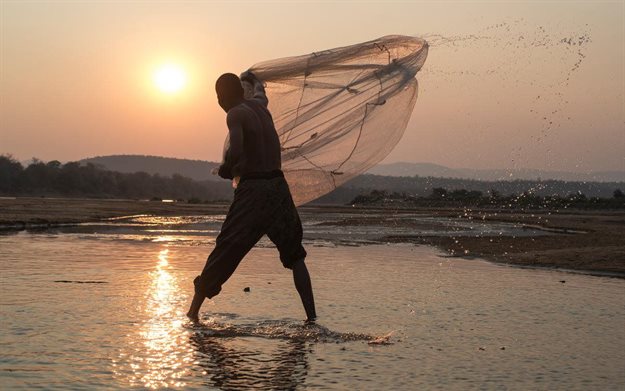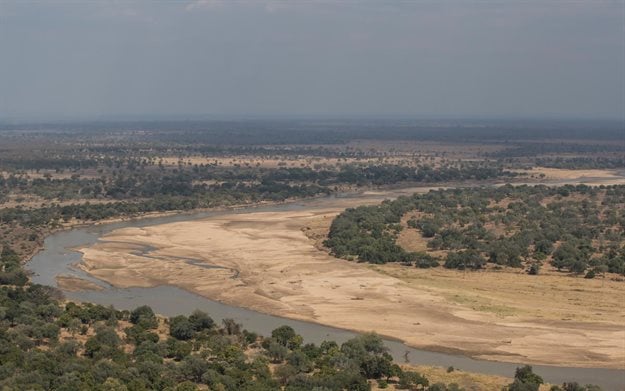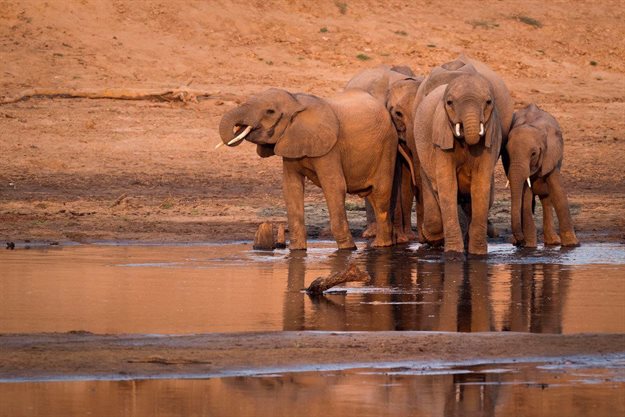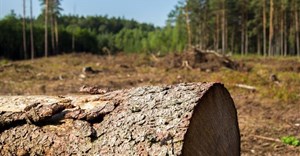Zambia halts construction plans for hydropower dam on Luangwa River

Along with providing 25 chiefdoms with water, food and livelihoods, the 1100km-long Luangwa supports a wealth of wildlife, including over 400 species of birds and the only refuge for reintroduced black rhinos in Zambia as well as elephants, lions, hippos, leopards, African wild dogs, and the endemic Thornicroft’s giraffe. Constructing a hydropower dam at Ndevu Gorge would have fragmented the Luangwa, threatening the future of the area’s wildlife as well as the freshwater fish stocks, agriculture and tourism that communities depend on.
“Keeping the Luangwa River free flowing is the best decision for both people and nature, and WWF commends the government for halting the dam and instead seeking lower impact, renewable alternatives to power Zambia’s development, ” said Nachilala Nkombo, WWF Zambia country director.
“WWF is ready to support the government to develop a system-wide energy plan that meets Zambia’s climate and energy goals without damming our remaining free flowing rivers,” added Nkombo.

River fragmentation
A recent study in Nature revealed just one-third of the world’s longest rivers remain free-flowing, primarily due to fragmentation by dams. And reduced connectivity is one of the major factors behind the 83% decline in freshwater species populations since 1970. The Intergovernmental Science-Policy Platform on Biodiversity and Ecosystem Services (IPBES) report specifically recommended conserving and restoring river connectivity to boost freshwater biodiversity.
Almost 200,000 people signed a petition calling for the river to be legally protected, which would help to safeguard it from the threat posed by dams, deforestation and unsustainable agriculture – and ensure it can continue to drive the sustainable development of the area.
“I wish to thank government for listening to our plea as Luembe has the potential to become another area of wildlife tourism in a few years,” said Senior Chief Luembe of the Nsenga people.
“The dam would have disturbed the free movement of wildlife in the Luangwa Valley. There are other means that can supply an equivalent amount of electricity like solar power and windmills that can be installed along the Muchinga escarpment, with less damage to the environment,” added Chief Luembe.

A joint WWF and TNC study released last month found that countries can for the first time not only envisage but also build a future powered by low carbon, low cost and low conflict energy grids thanks to the renewable revolution – driven by the plunging price of solar and wind generation, and storage technologies.























